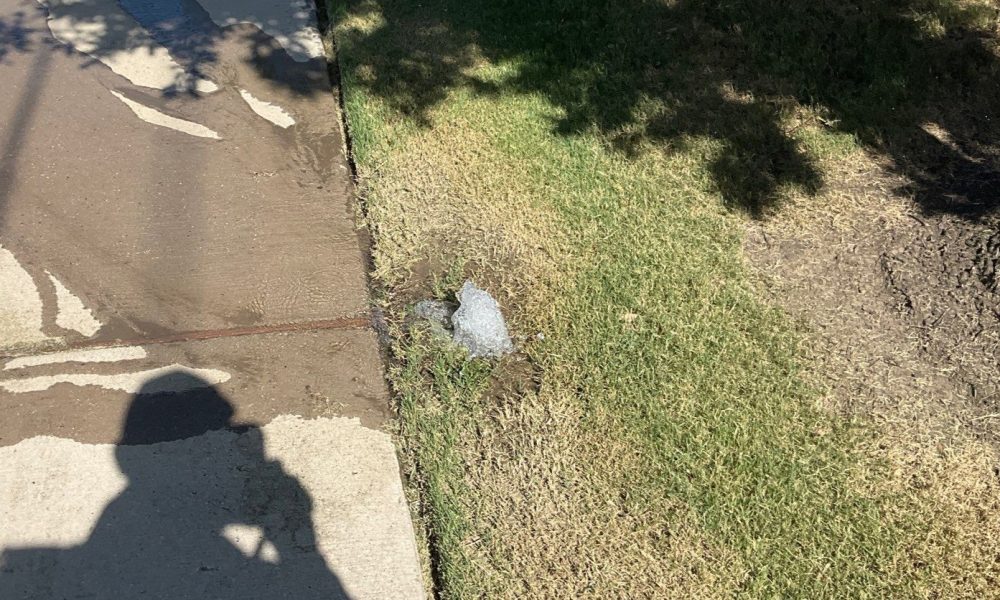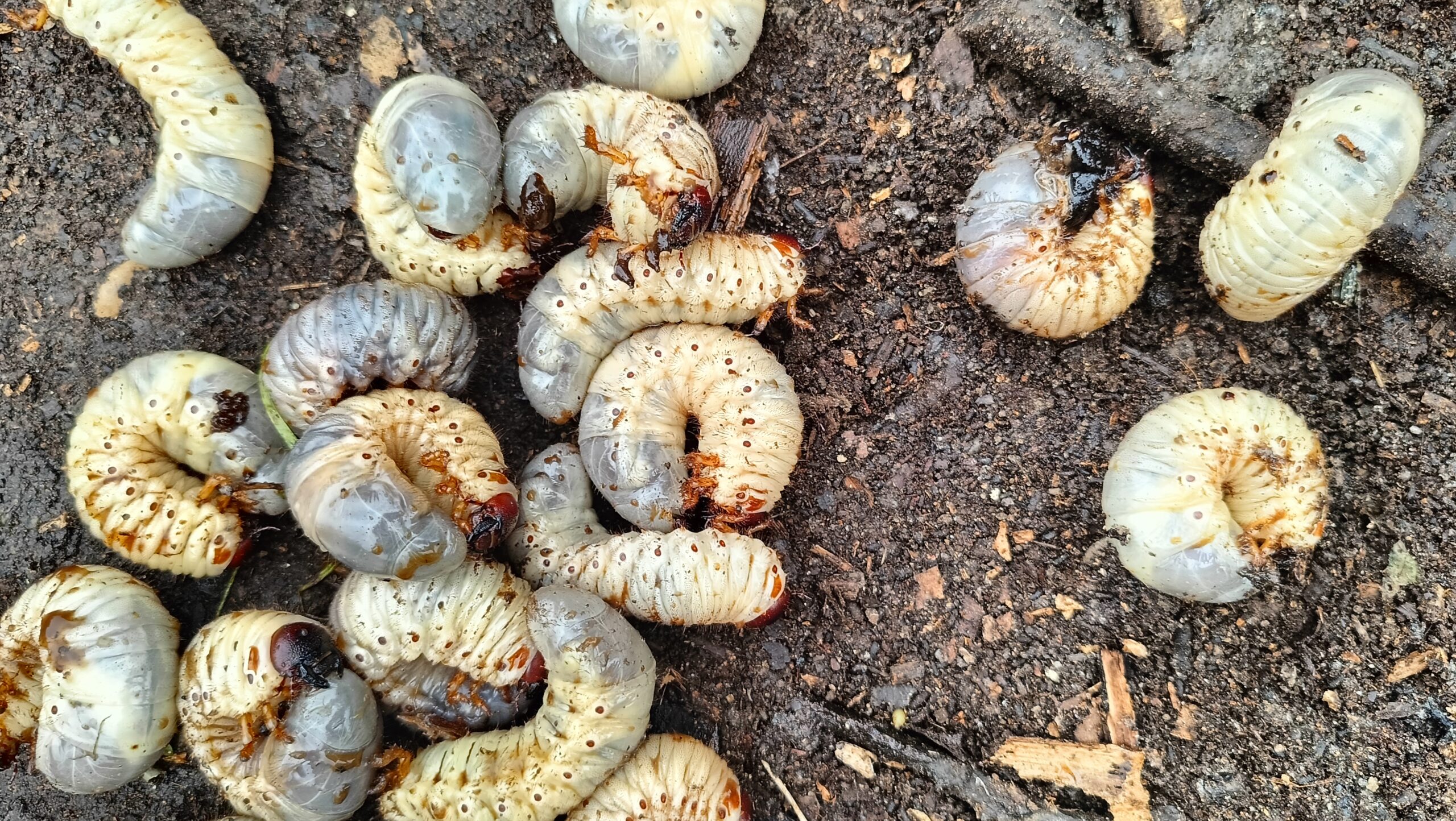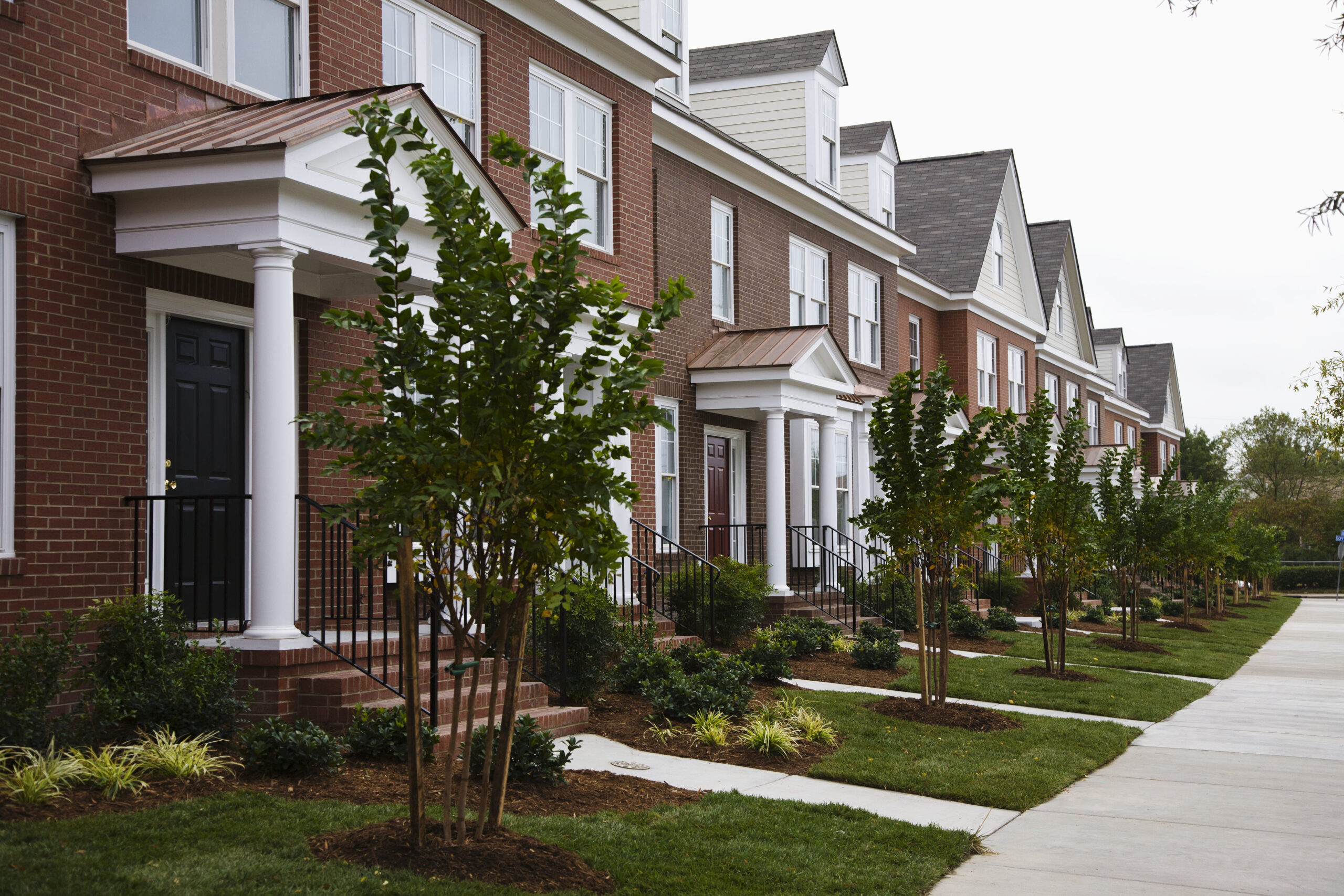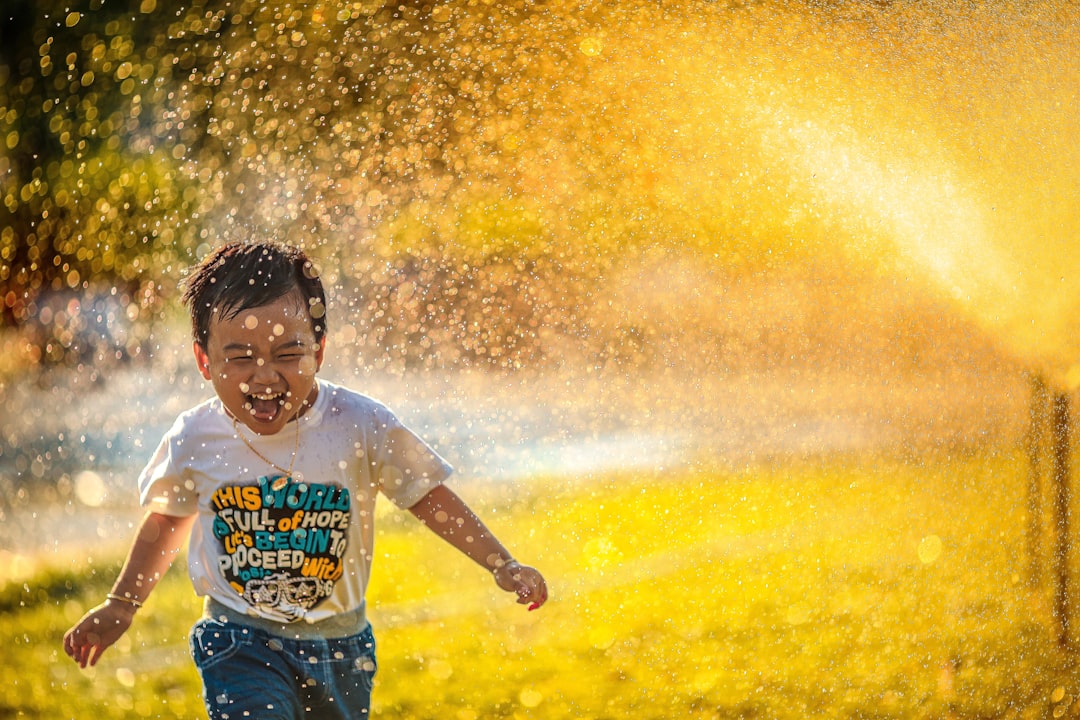Guide on Common Sprinkler Problems and How to Identify Them
Sprinkler systems are the unsung heroes of our gardens and lawns, keeping them lush and green. As a homeowner, business manager, or property overseer, getting to know your sprinkler system can save you time and money. By spotting common issues early and maintaining the system regularly, you ensure your sprinklers work well. This guide has handy tips for sprinkler maintenance, highlighting when you can tackle repairs yourself and when it's best to call a professional. Let's keep your sprinkler system running smoothly and your green spaces thriving all year round.
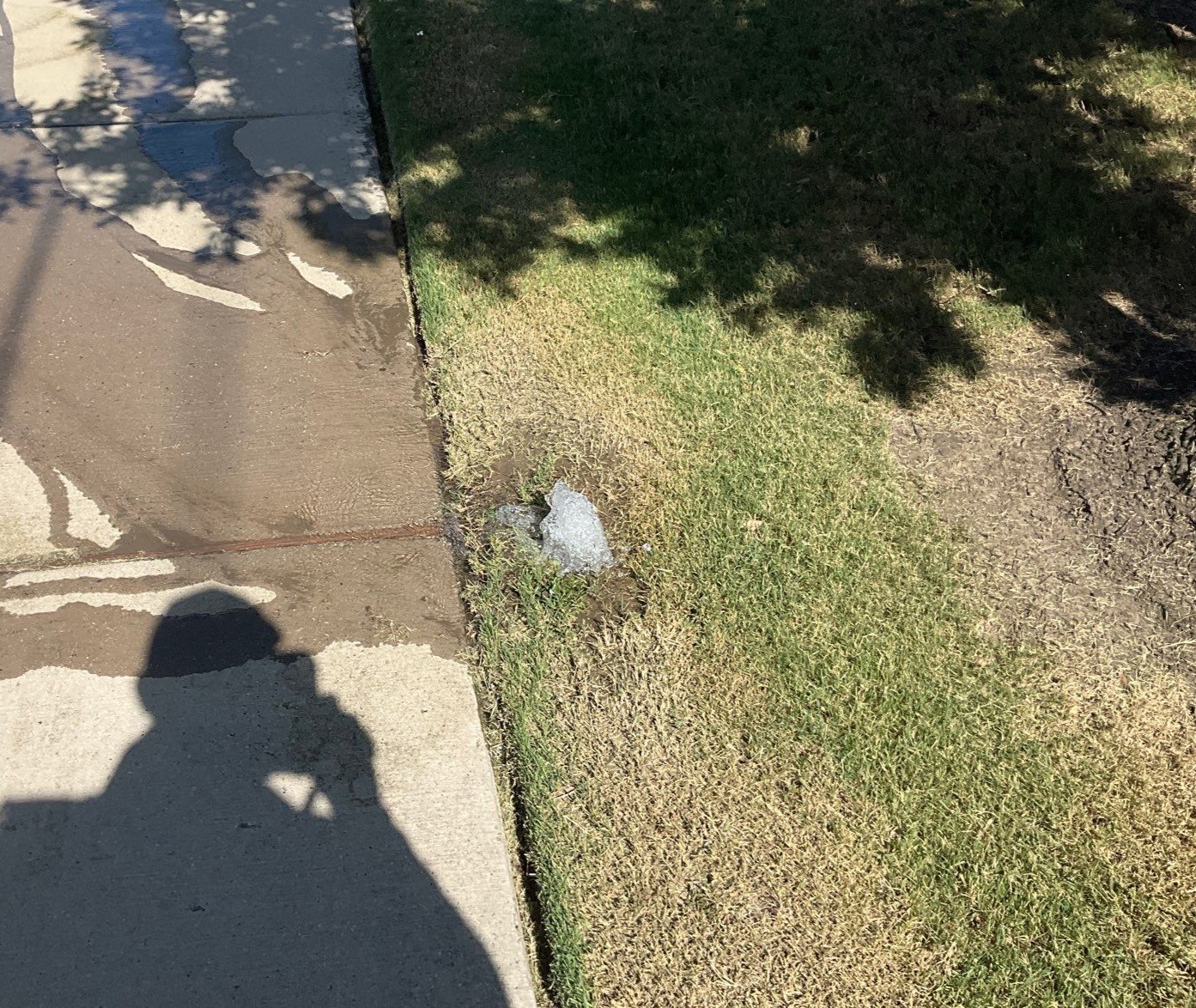
Common Sprinkler Problems
Understanding common sprinkler problems is the first step toward keeping your lawn healthy. Therefore, let's delve into some issues you might face and how to recognize them effectively.
Identifying Leaks and Clogs
Leaks and clogs are common problems in sprinkler systems. They can, unfortunately, waste water and make your irrigation less effective.
To identify leaks, start by looking for unusually wet areas or small water pools on your lawn. These signs often indicate a broken pipe or a faulty sprinkler head. Additionally, check for water seeping from connections or joints in the system.
On the other hand, clogs generally cause dry patches on your lawn. This issue arises when dirt or debris blocks the sprinkler nozzle. As a result, you might also notice reduced water flow or uneven spray from the affected sprinklers.
Therefore, conducting regular checks can help you catch these problems early. Take the time to walk around your yard during a watering cycle to see how each sprinkler is working.
Troubleshooting Water Pressure Issues
Water pressure problems can greatly impact your sprinkler system's performance. When the pressure is too low, it results in poor watering. Conversely, high pressure can damage parts.
Signs of low pressure include weak spray, short spray distance, or sprinklers not fully popping up. This could be due to a few reasons, such as leaks, partially closed valves, or issues with your home's main water supply.
Symptoms of high pressure are different. They include misting, fogging, or excessive spray from sprinkler heads. Unfortunately, this wastes water and can cause uneven lawn watering.
To check pressure, attach a pressure gauge to an outdoor faucet. Normal pressure usually ranges from 40 to 65 PSI. If it's outside this range, you may need to adjust your system or get professional help.
Importance of Regular Maintenance
Regular maintenance is crucial to keeping your sprinkler system in top shape. Not only does it help prevent issues, but it also ensures your lawn stays healthy year-round.
Preventing Costly Repairs
Routine maintenance of your sprinkler system can indeed save money by preventing major breakdowns. Moreover, regular inspections help identify minor issues early. For example, tightening a loose connection can prevent a leak from damaging the pipes. Additionally, frequently clean sprinkler heads and nozzles to remove dirt and debris, as this prevents clogs that might require professional repair. Furthermore, seasonally adjust sprinkler heads to ensure even water distribution. This not only prevents overwatering and underwatering, which can harm your lawn, but also avoids the costly landscaping repairs that could result from these issues.
Extending System Lifespan
A well-maintained sprinkler system can last for years, ensuring reliable lawn and garden care. Therefore, regular maintenance protects components from wear. To achieve this, lubricate moving parts, replace worn washers, and clean filters to extend system life. Moreover, updating with newer, efficient components during maintenance extends lifespan and boosts performance.
Selecting Replacement Parts
Choosing the right replacement parts is crucial when repairing your sprinkler system. After all, quality components ensure better performance and longevity.
Choosing Quality Components
Selecting high-quality replacement parts for your sprinkler system is a smart investment in its long-term performance. Therefore, look for parts made from durable materials like brass, stainless steel, or high-grade plastics. These materials resist corrosion and wear, thus lasting longer than cheaper alternatives. Additionally, choose parts from reputable manufacturers. While they may cost more upfront, they often come with better warranties and are less likely to fail prematurely. Furthermore, consider water-efficient components when replacing sprinkler heads or nozzles, as these can help reduce water usage while maintaining lawn health.
Best Sources for Parts
Finding reliable sources for sprinkler parts ensures you get quality components at fair prices.
Local irrigation supply stores often have knowledgeable staff who can help you find the right parts for your system. They may also offer advice on installation and maintenance.
Online retailers specializing in irrigation supplies can provide a wide selection of parts, often at competitive prices. Look for sites with detailed product descriptions and customer reviews.
Some manufacturers sell parts directly to consumers through their websites. This can be a good option for finding specific, brand-name components.
DIY Sprinkler Fixes
Many common sprinkler issues can, in fact, be resolved with simple DIY repairs. Therefore, let's take a look at some steps you can take to fix minor problems effectively.
Step-by-Step Repair Tutorial
Here's a basic guide to fixing a leaky sprinkler head:
Locate the leaking sprinkler and turn off the water supply.
Dig around the sprinkler head to expose the riser.
Unscrew the sprinkler head from the riser.
Clean the filter and check for damage to the head or seal.
Replace the head if damaged, or reinstall after cleaning.
Turn the water back on and test the repaired sprinkler.
Remember to work carefully to avoid damaging other parts of the system. However, if you're unsure at any point, it's best to consult a professional.
Tools Needed for Minor Repairs
Having the right tools on hand makes DIY sprinkler repairs much easier. Here's a list of essential items:
Screwdrivers (flathead and Phillips)
Pliers
Pipe wrench
Shovel or trowel
Replacement sprinkler heads
Keep these tools in a dedicated kit for quick access when you need to make repairs. This preparation can save time and frustration when issues arise.
Hiring Professional Repair Services
While DIY fixes can handle many issues, some problems require expert attention. Knowing when to call a pro can save time and prevent further damage.
When to Call an Expert
You'll need professional help for tricky issues or if you're unsure about a repair.
Call an expert if you notice big drops in water pressure throughout the system. This might mean issues with the main line or backflow device.
Get help for electrical problems with your sprinkler controller. Faulty wiring can be hazardous and should be handled by trained technicians.
If you've tried DIY fixes without success, it's a good time to call a pro. They have the right tools and knowledge to fix persistent problems.
Benefits of Professional Help
Professional sprinkler repair services offer many benefits over DIY methods.
Experts can quickly spot and fix problems, saving you time and frustration. They have the experience to identify issues that might not be obvious to you.
Professional repairs often come with warranties, giving you peace of mind. If the problem happens again, you can get it fixed at no extra cost.
Hiring a pro can actually save you money in the long run. They can prevent small problems from becoming major, expensive ones, and their work is less likely to need redoing.
Consequences of Ignoring Issues
Ignoring sprinkler system problems can lead to serious consequences for both your lawn and your wallet. Let's look at the possible impacts.
Water Waste and Lawn Damage
If you ignore sprinkler issues, it can waste a lot of water and harm your lawn.
Leaky pipes or faulty sprinkler heads can waste hundreds of gallons of water each month. This not only increases your water bill but also goes against water conservation efforts.
Malfunctioning sprinklers can cause uneven watering, leading to brown or oversaturated areas on your lawn. This can stress grass and plants, making them more vulnerable to disease and pests.
Over time, ongoing sprinkler problems can cause soil erosion or water pooling, which might damage your landscape or even your foundation.
Increased Repair Costs
Delaying repairs on your sprinkler system, can lead to more costly fixes over time.
For example, small leaks can gradually grow and damage nearby pipes or other parts. Consequently, what begins as a simple fix can eventually turn into a major replacement.
Moreover, ignoring electrical issues can result in the controller failing completely, which would necessitate a costly unit replacement.
Neglecting maintenance can shorten your sprinkler system’s life, eventually leading to the early replacement of parts or, even worse, the entire system.
Comparing Sprinkler Systems
Knowing about different types of sprinkler systems can help you choose the best one for your needs and maintain it properly.
Types of Systems Explained
There are several types of sprinkler systems, each suited for different landscapes and needs.
Spray Systems have pop-up heads that spray water in a fixed pattern. They're good for small to medium-sized lawns and don't cost much.
Rotor Systems use rotating water streams to cover larger areas. They're more water-efficient than spray systems for big lawns.
Drip Irrigation delivers water straight to plant roots, making it very efficient for gardens and flower beds.
Smart Systems use weather data and soil moisture sensors to automatically adjust watering schedules, optimizing water use.
Specific Repair Needs
Different sprinkler systems have unique maintenance requirements and common issues.
System Type | Common Issues | Maintenance Needs |
|---|---|---|
Spray | Clogged nozzles, misalignment | Regular cleaning, adjustment |
Rotor | Stuck gears, uneven rotation | Lubrication, gear replacement |
Drip | Clogged emitters, punctured lines | Flushing, line inspection |
Smart | Sensor malfunctions, connectivity issues | Software updates, sensor calibration |
Understanding these differences can help you anticipate potential problems and maintain your system effectively.
Seasonal Maintenance Checklists
Performing regular maintenance throughout the year ensures your sprinkler system operates efficiently. Here's an easy-to-follow guide for each season.
Spring and Summer Tasks
Spring marks the time to activate your system and prepare it for the growing season.
Look over all sprinkler heads for any damage or misalignment.
Clean or swap out any blocked nozzles.
Check for leaks in the pipes and connections.
Adjust the angles of sprinkler heads to ensure they cover the area properly.
In summer, the goal is to enhance your system's performance:
Keep an eye on water distribution and make necessary adjustments.
Watch for areas in your lawn that are either too dry or too wet.
Clean filters regularly to avoid blockages.
Fall and Winter Preparations
Fall is when you get your system ready for the colder months ahead.
Decrease the watering frequency as temperatures drop.
Clean and fix any components that show signs of damage.
Adjust sprinkler heads to align with the lower position of the sun.
In winter, shield your system from potential freeze damage:
Empty all water from pipes and sprinkler heads.
Wrap above-ground pipes and backflow preventers to insulate them.
Turn off the water supply to the sprinkler system.
Sprinkler Repair FAQs
Addressing common questions helps homeowners and property managers better manage and maintain their sprinkler systems.
Common Concerns Addressed
Here are answers to common questions about sprinkler repair:
Q: How often should my sprinkler system be checked by a professional? A: For homes, having a professional check every three months helps keep things running smoothly. Businesses might need more frequent checks due to heavier use.
Q: Can I replace just one sprinkler head, or do I need to replace them all? A: You can usually replace individual sprinkler heads. Just make sure the new head matches your system's specifications.
Q: Why does the pressure in my sprinkler system drop over time? A: Pressure can drop because of leaks, blocked nozzles, or issues with your water supply. A professional can identify the exact cause.
Expert Answers to Your Questions
For more complex issues, it's smart to consult with a sprinkler system expert. They can provide clear answers to questions such as:
How can I make my system use water more efficiently?
What’s the easiest way to add smart technology to my current sprinkler system?
How do I fix electrical problems in my sprinkler controls?
Remember, while it's good to handle minor issues yourself, don't hesitate to contact a professional for more challenging problems or if you're unsure about any aspect of your sprinkler system.
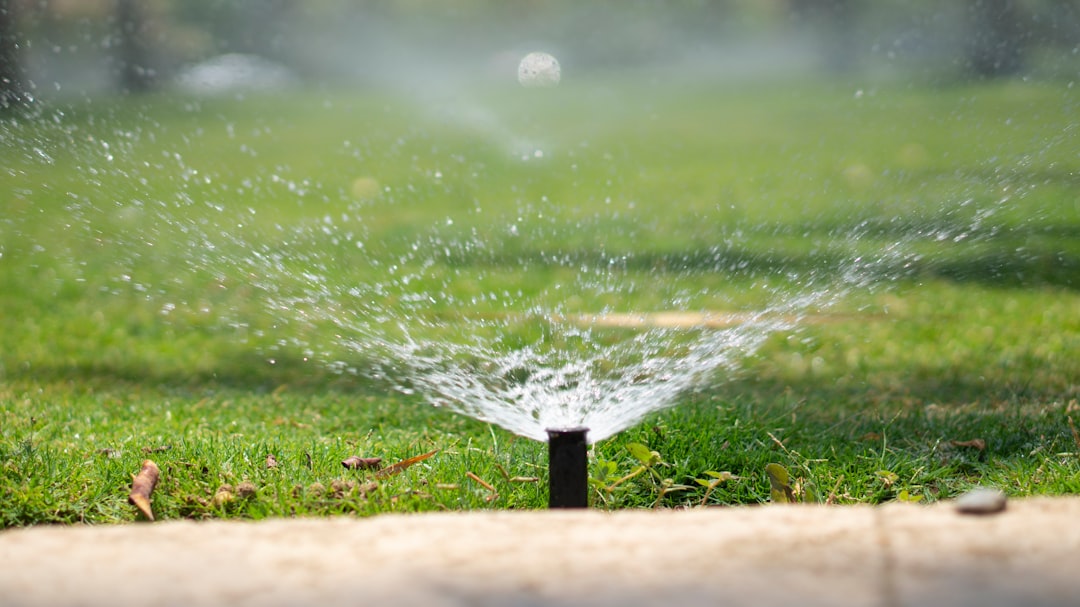
Maintaining Your Sprinkler System: Essential Tips for Longevity and Performance
To keep your sprinkler system working well, it’s important to stick to a solid maintenance plan. This will help your system last longer and ensure that your garden stays green and healthy.
Key Maintenance Practices
Regular Checks: Frequently walk around your lawn to spot leaks, clogs, or damaged sprinkler heads. Catching and fixing small issues early can prevent them from becoming big problems.
Seasonal Adjustments: Adjust your sprinkler settings with the seasons. In spring and summer, ensure all areas receive even watering. In fall, prepare your system for dormancy, and in winter, guard it from freezing.
Clean Components: Regularly clean nozzles and filters to prevent clogs that can disrupt water flow. This simple step is crucial for keeping your system efficient.
Monitor Pressure: Check water pressure regularly to ensure it's within a safe range. Adjust as needed to avoid damage from high pressure and inefficiency from low pressure.
Hire a Professional: Schedule a yearly inspection with a professional, ideally before peak watering seasons. They can thoroughly check your system and uncover any hidden issues.
Benefits of Consistent Maintenance
When you stick to these maintenance practices, you enjoy several advantages:
Saving Money: Regular maintenance helps you avoid expensive repairs and replacements, ultimately saving you money over time.
Helping the Environment: As a well-maintained system uses water efficiently, it not only preserves this valuable resource but also supports environmental conservation efforts.
Healthy Landscaping: Consequently, with a properly working sprinkler system, your garden receives the right amount of water, resulting in healthier plants and a more beautiful landscape.
Getting Help from Professionals
While you can handle many maintenance tasks on your own, don’t hesitate to call a professional for more complicated issues or if you’re unsure about a repair. Their skill will keep your sprinkler system in great condition, ensuring it works well for a long time.
By including these tips and practices in your regular home maintenance routine, you’ll keep your sprinkler system running smoothly and your outdoor spaces looking great. For expert assistance and tailored solutions, don't hesitate to contact us.

